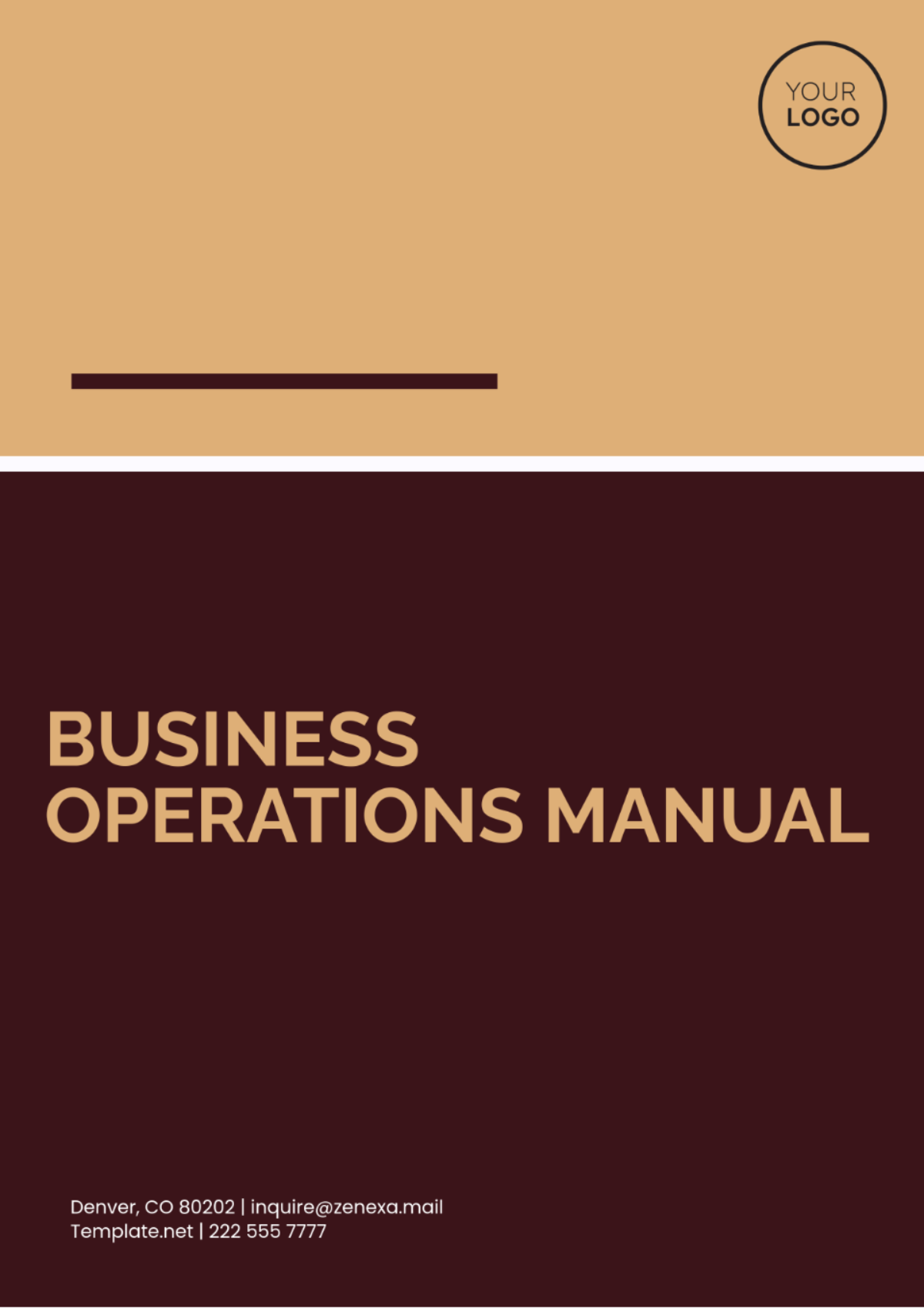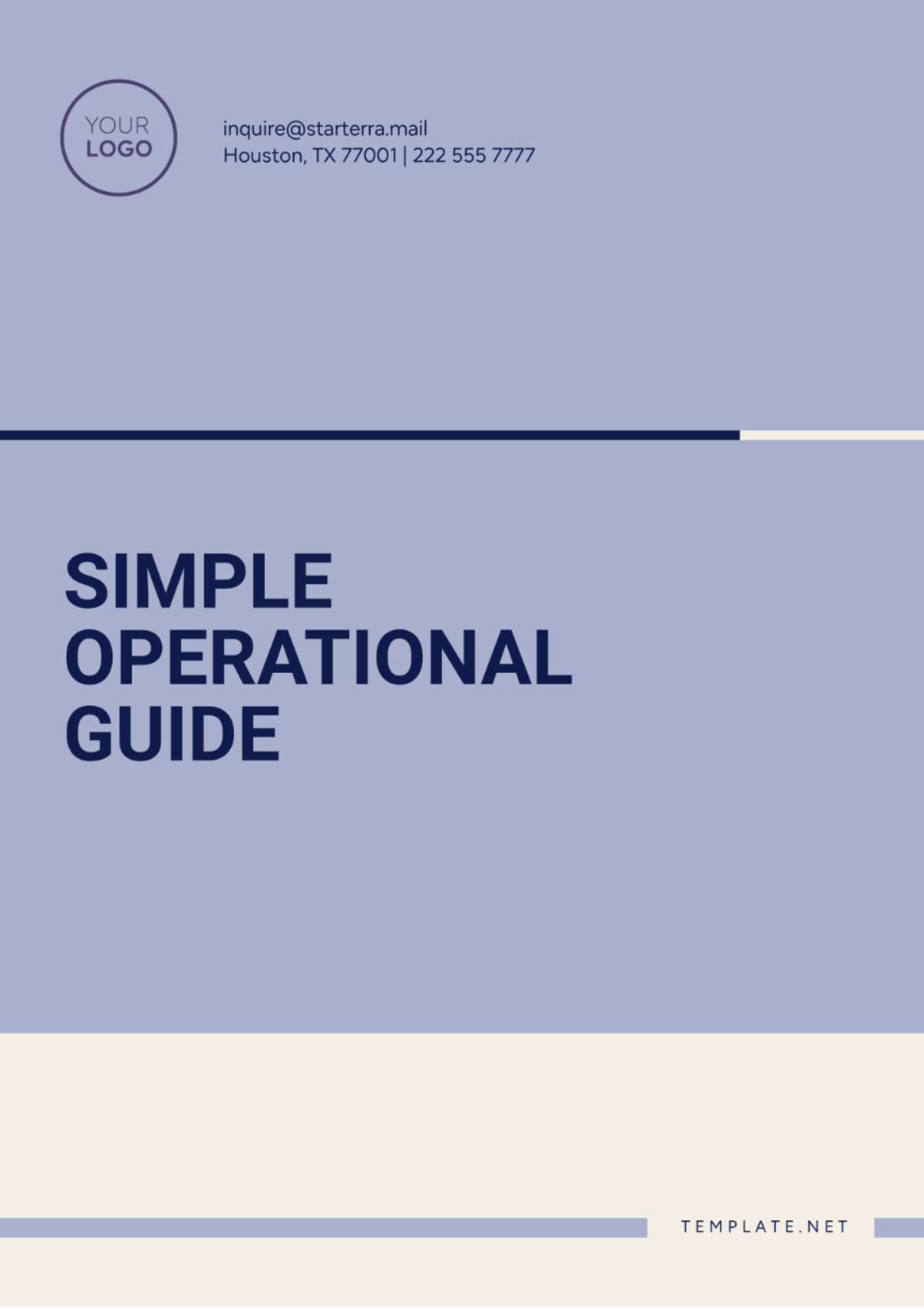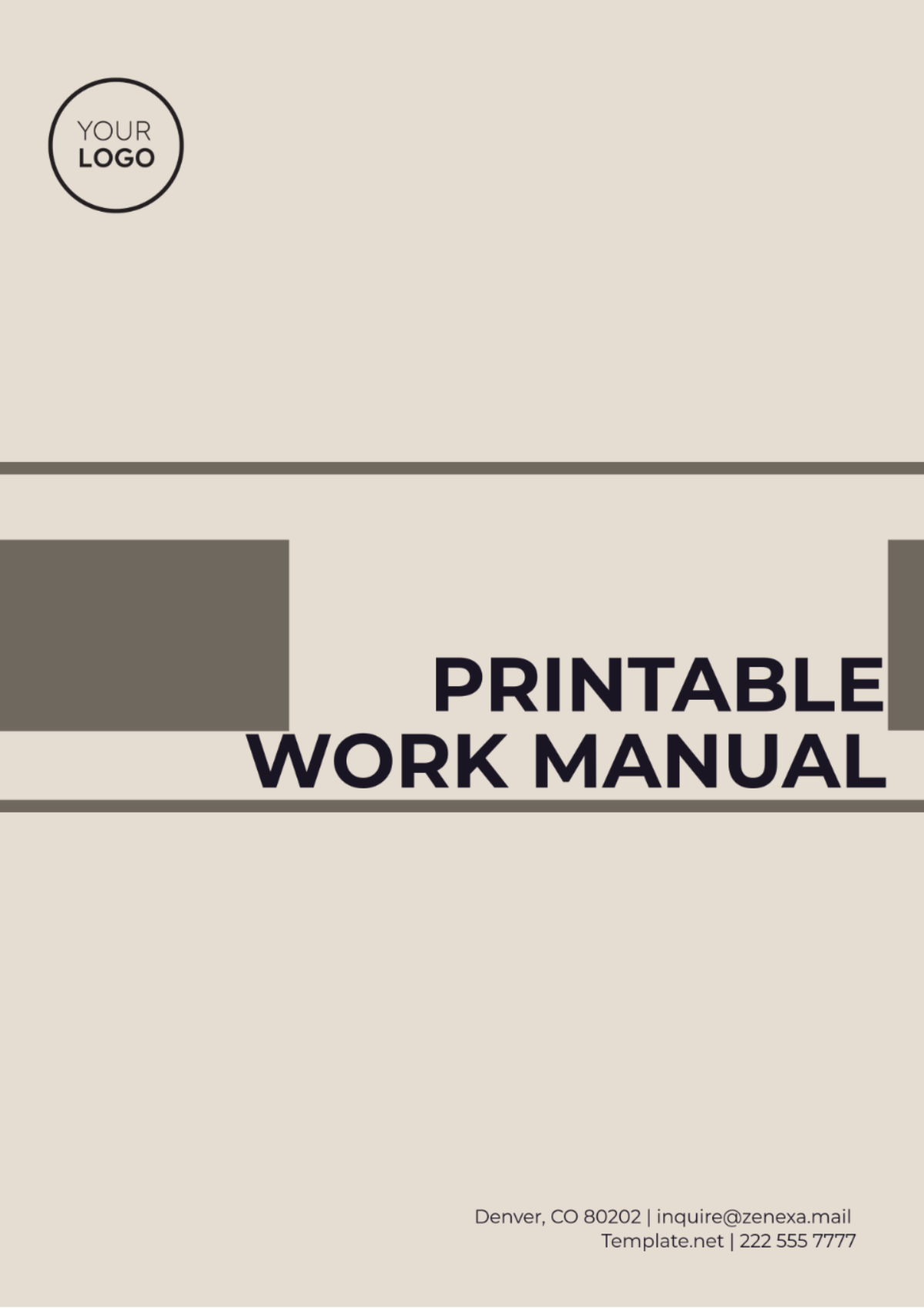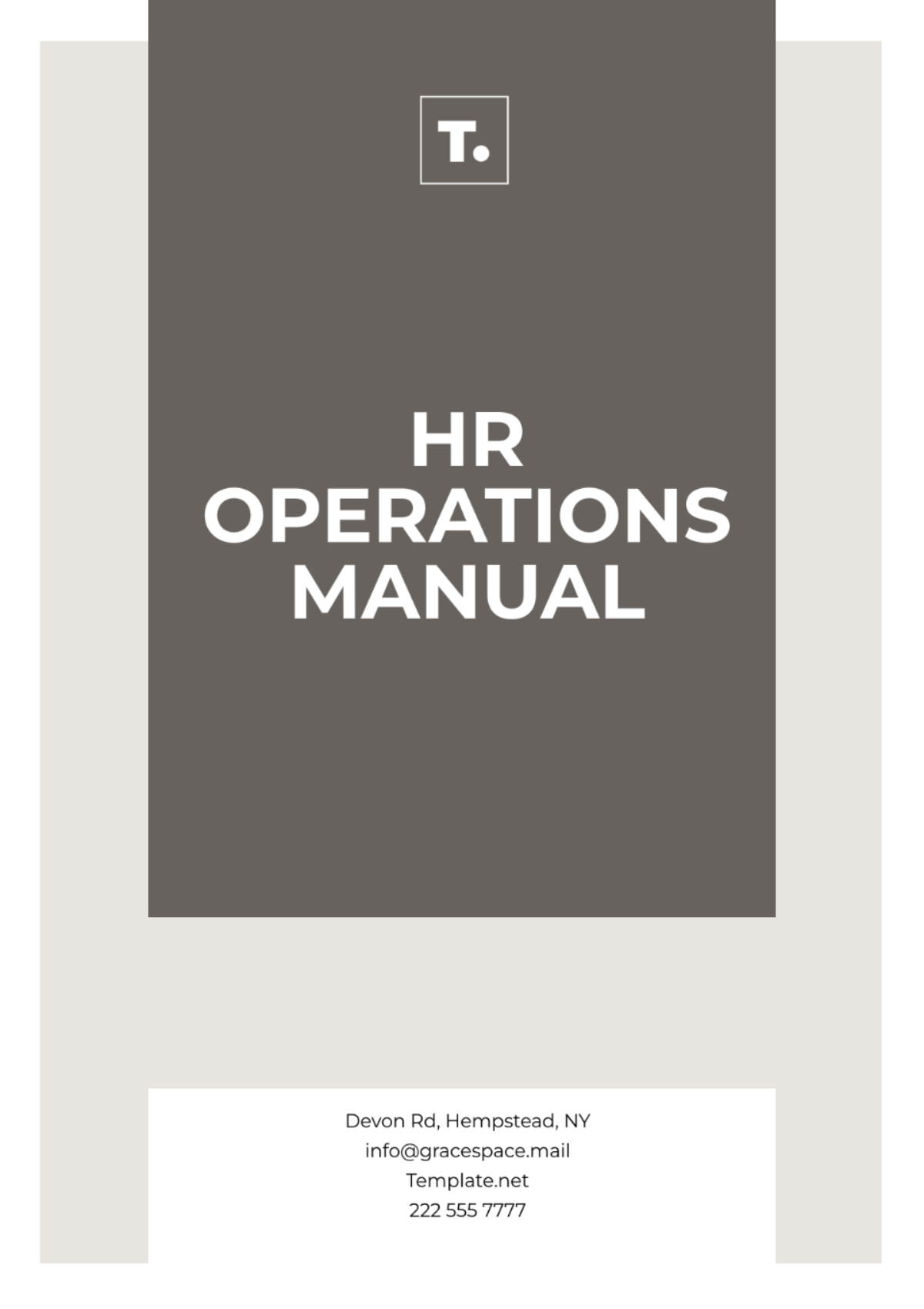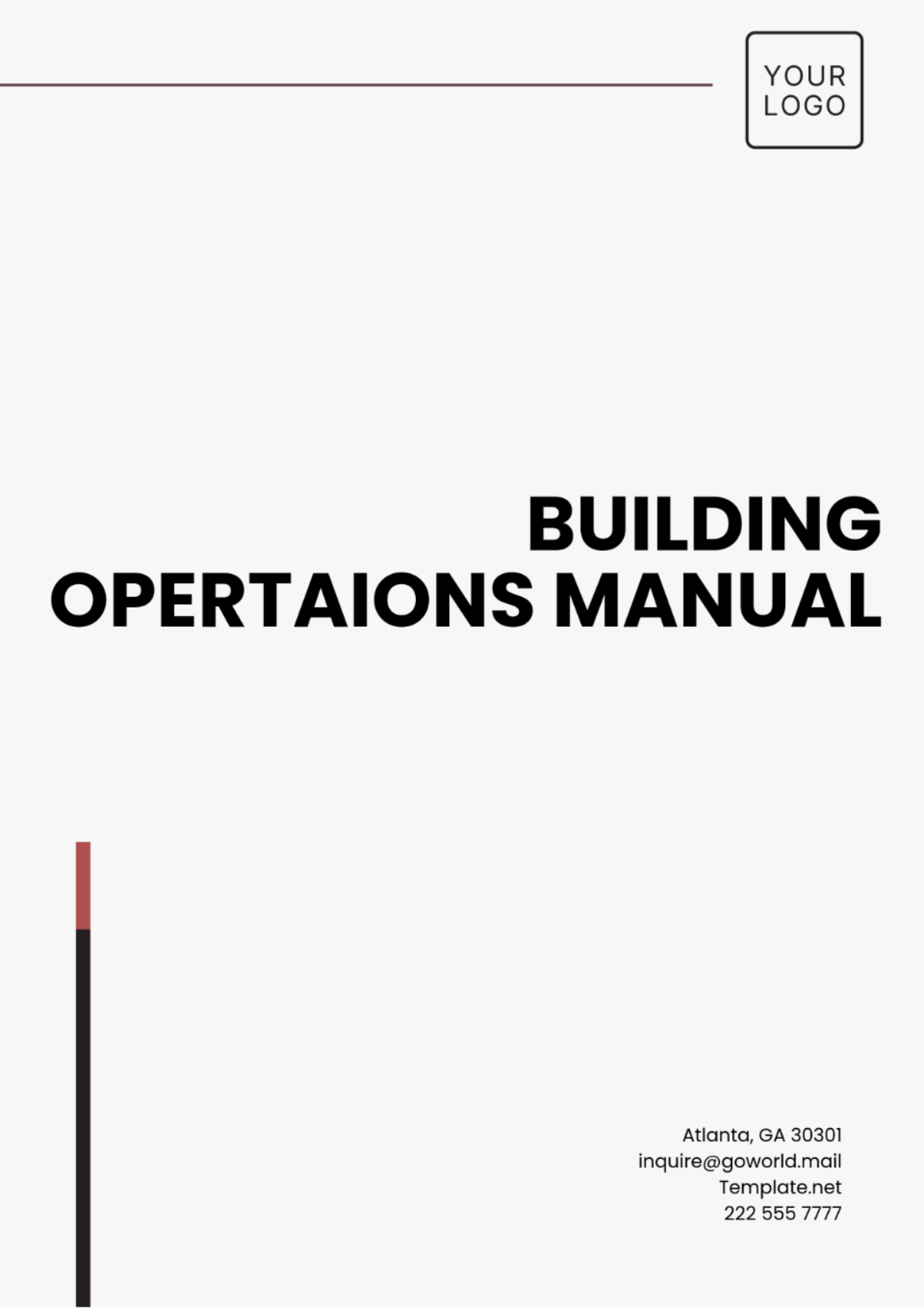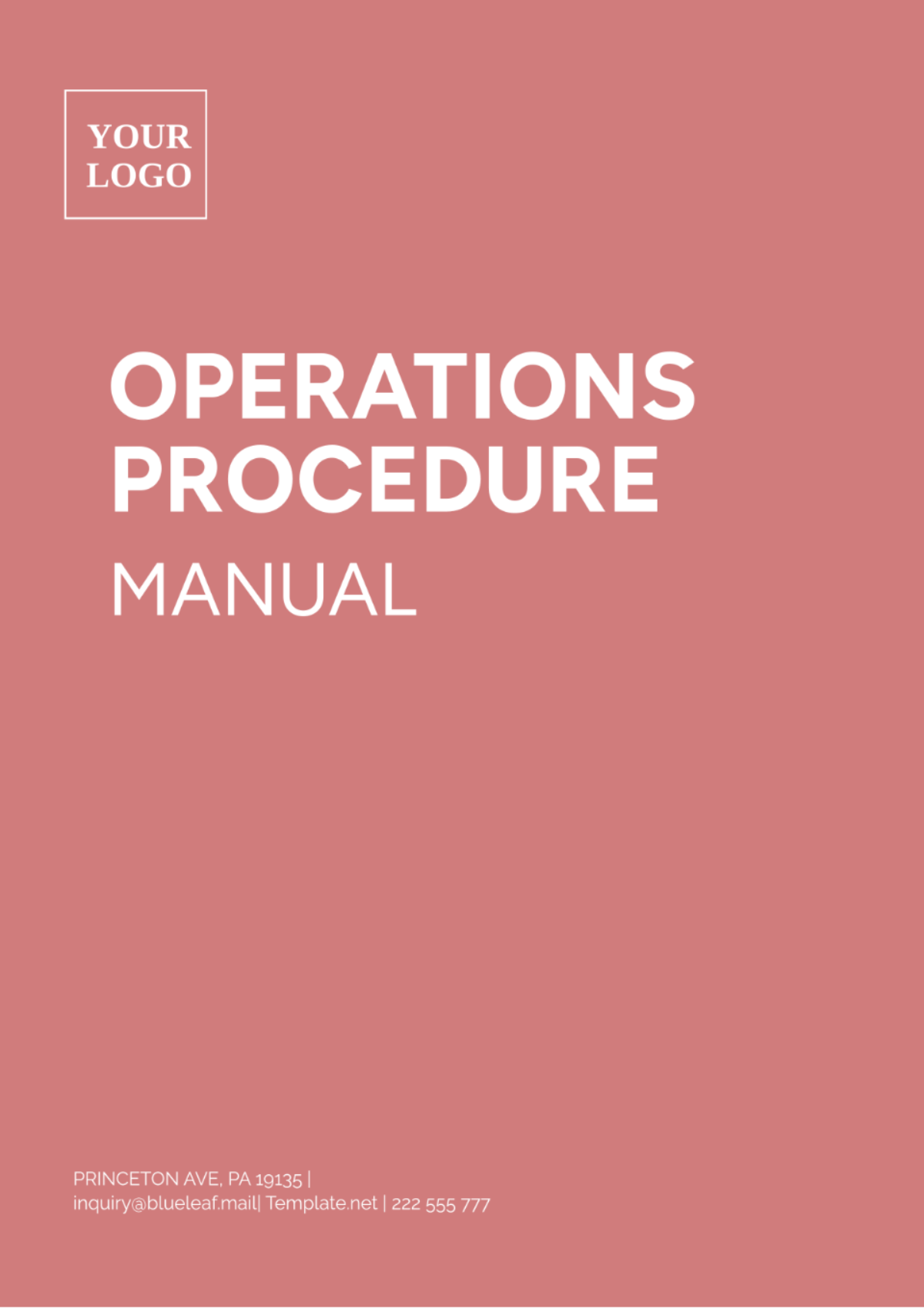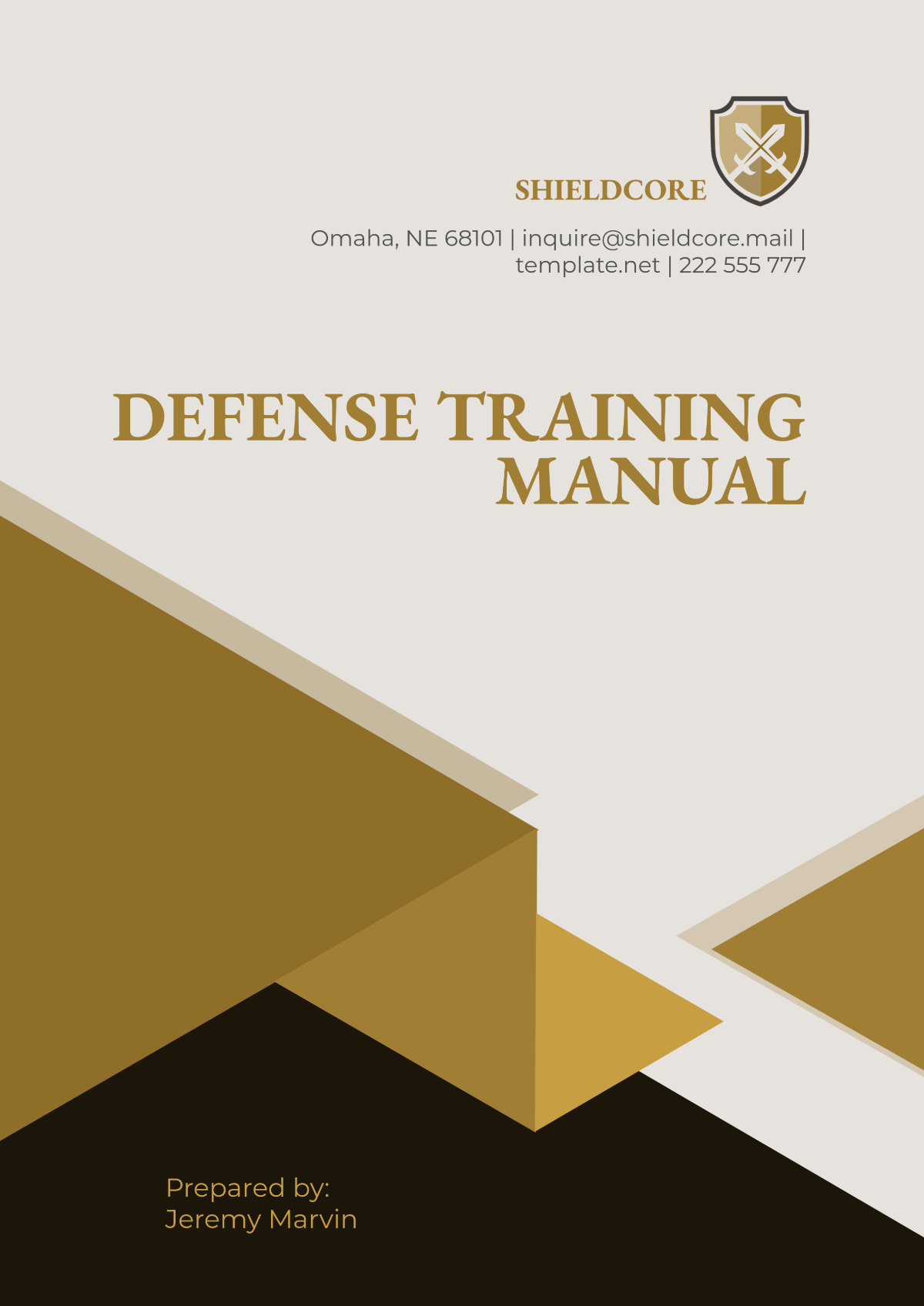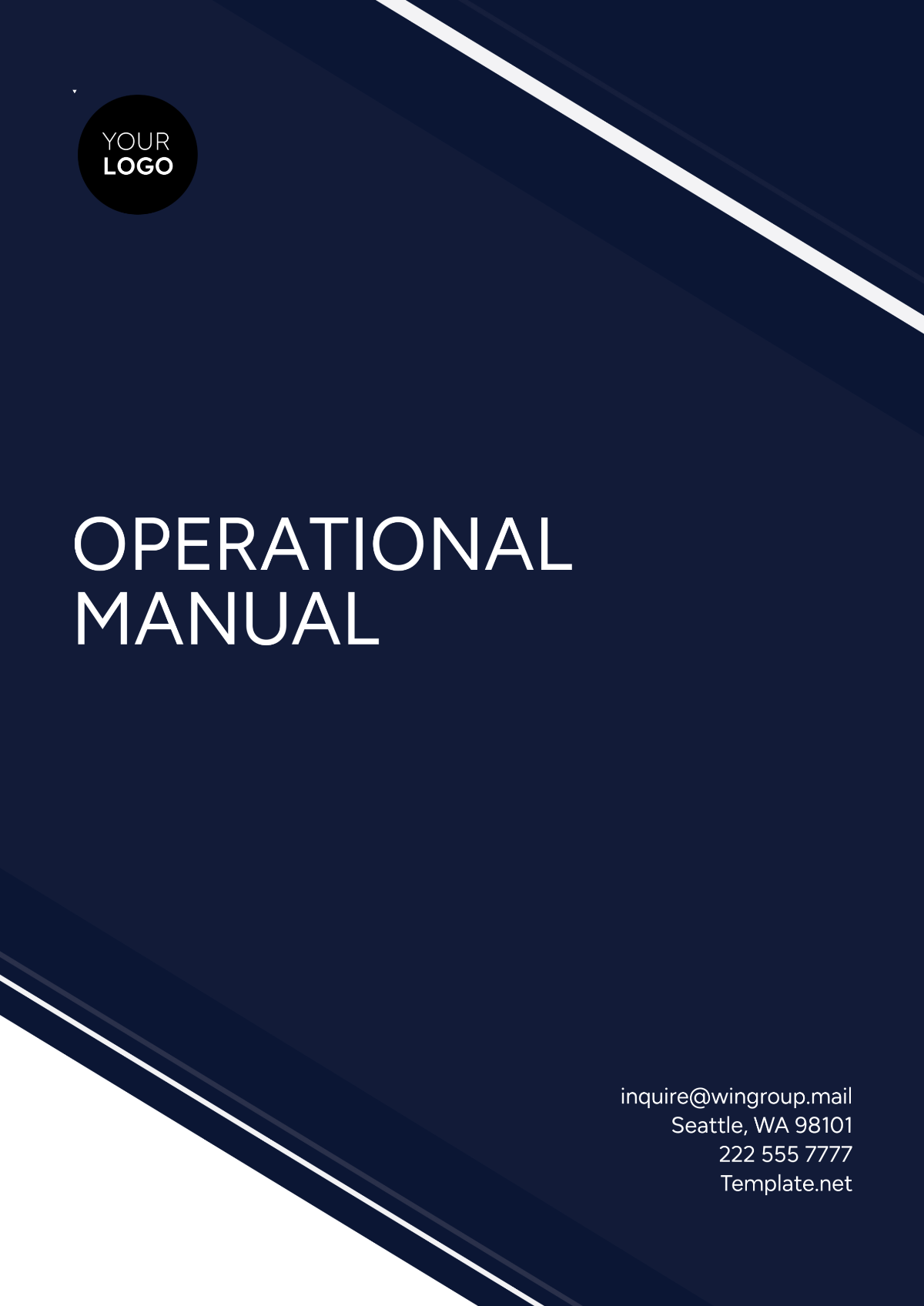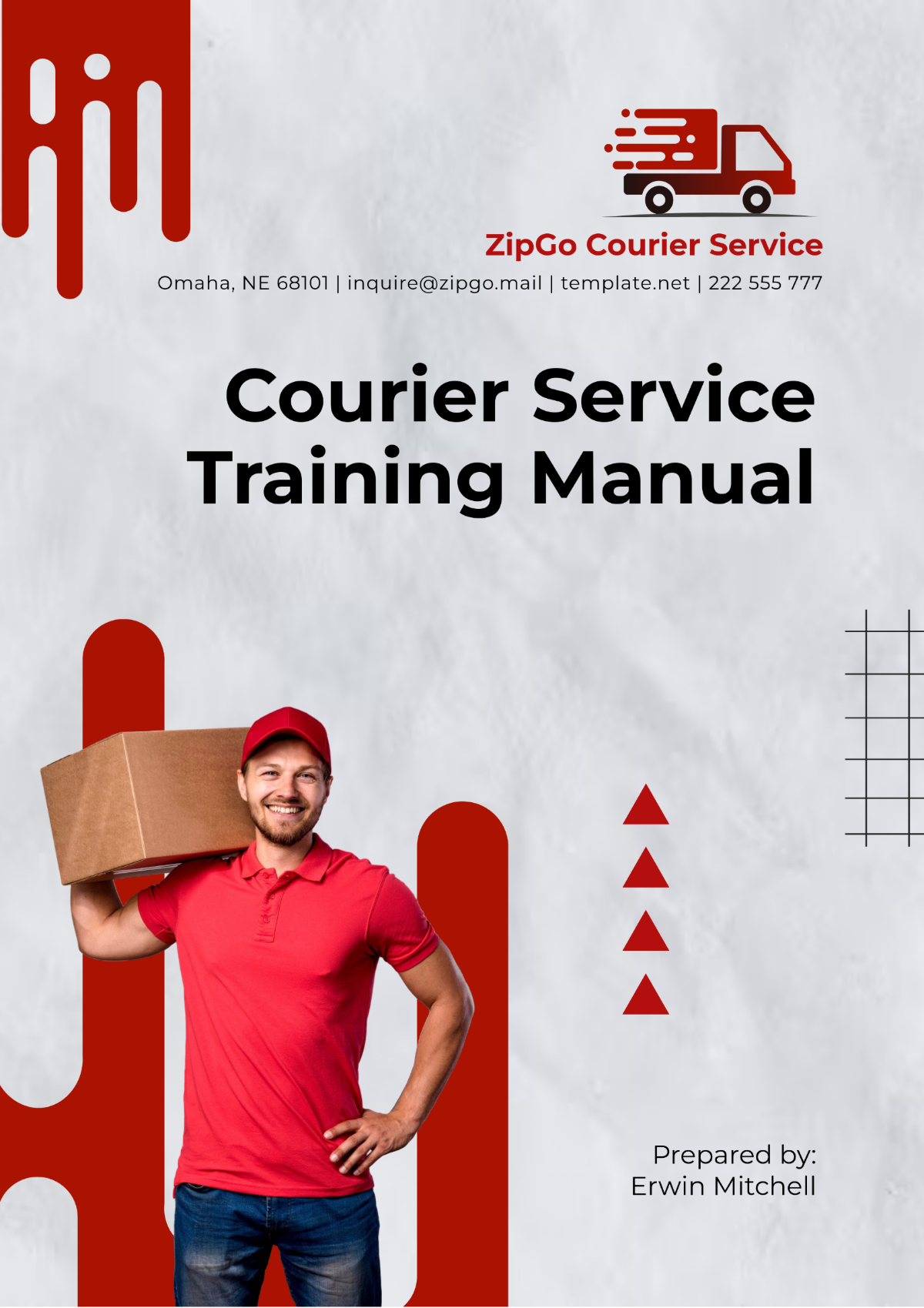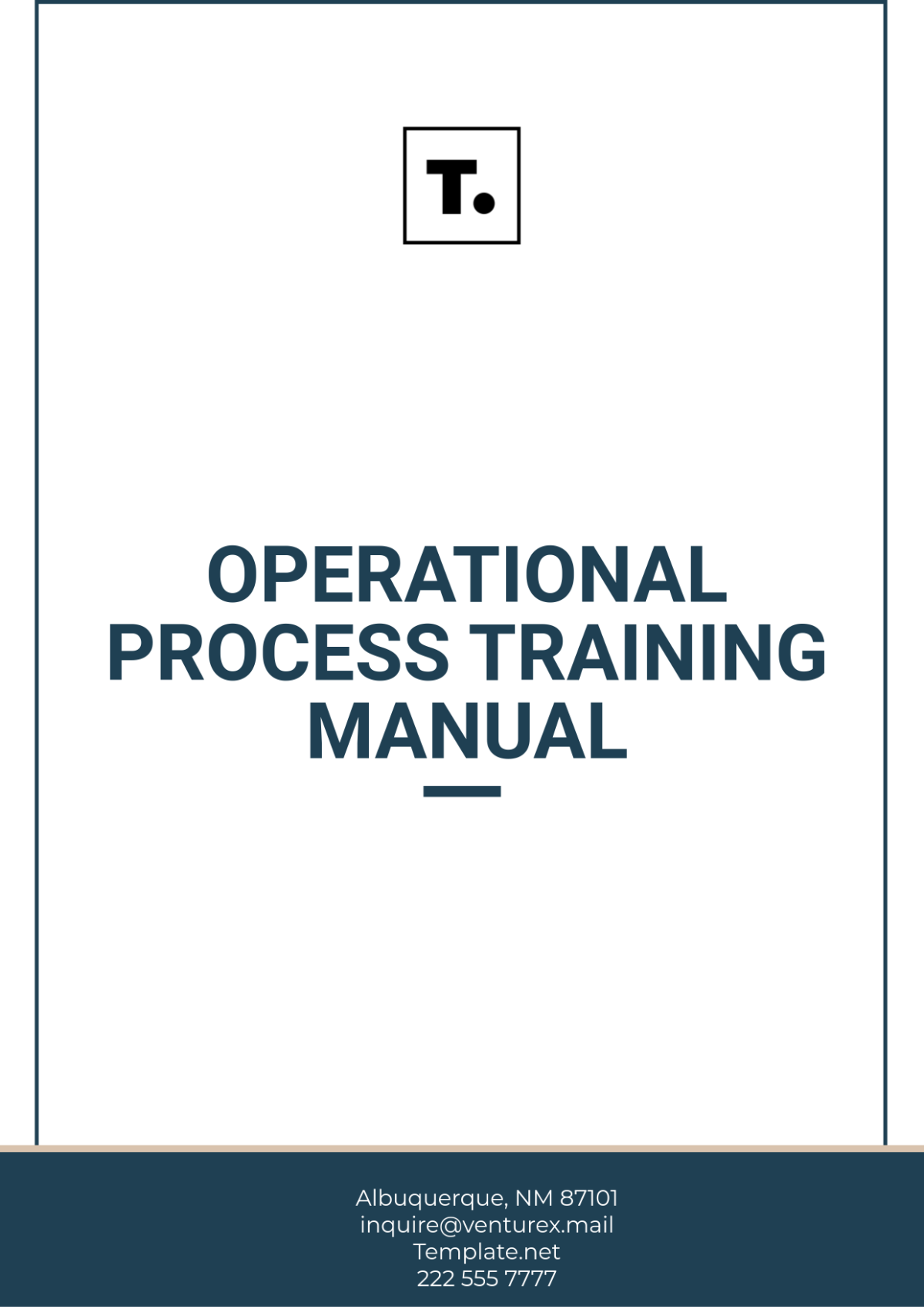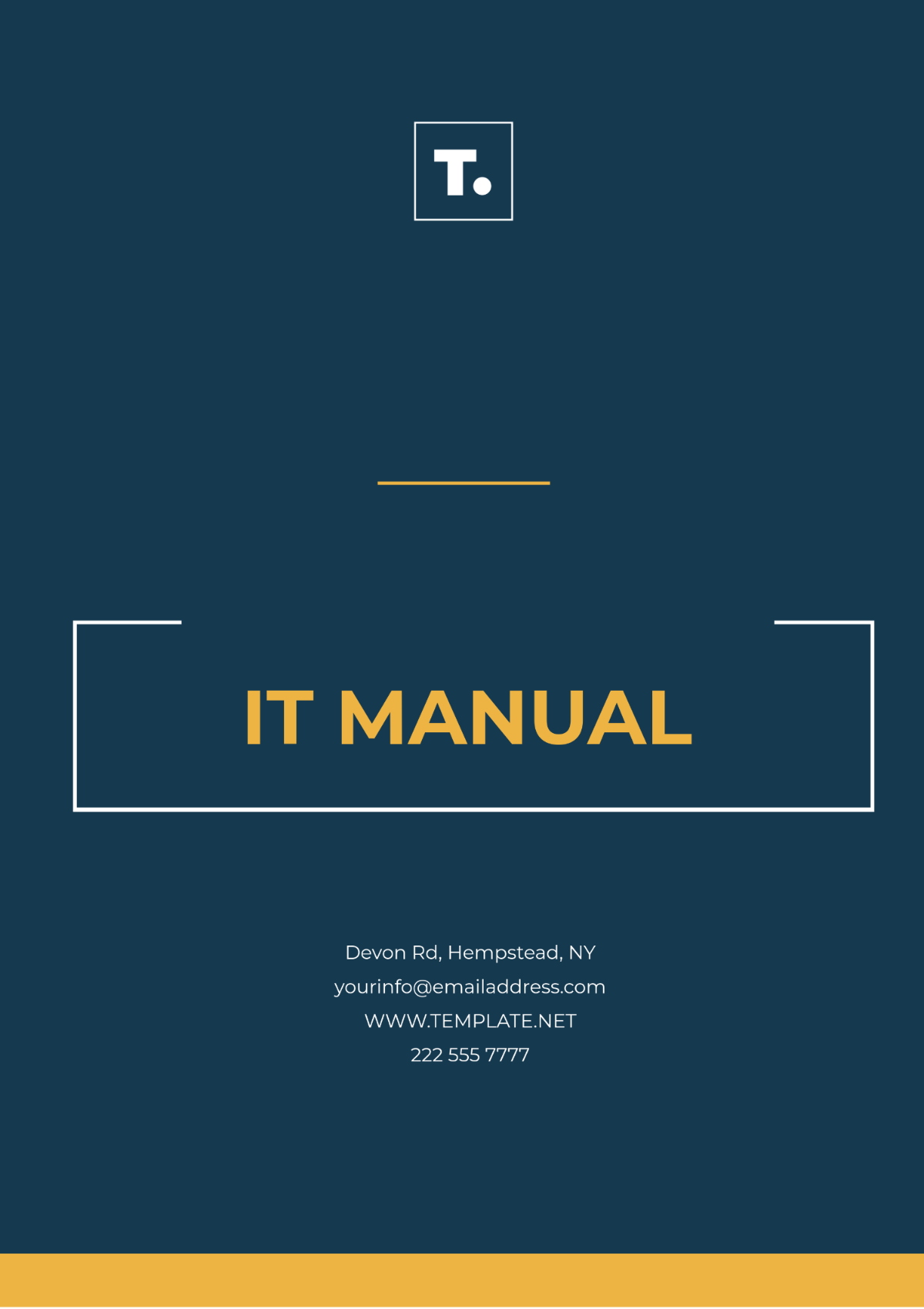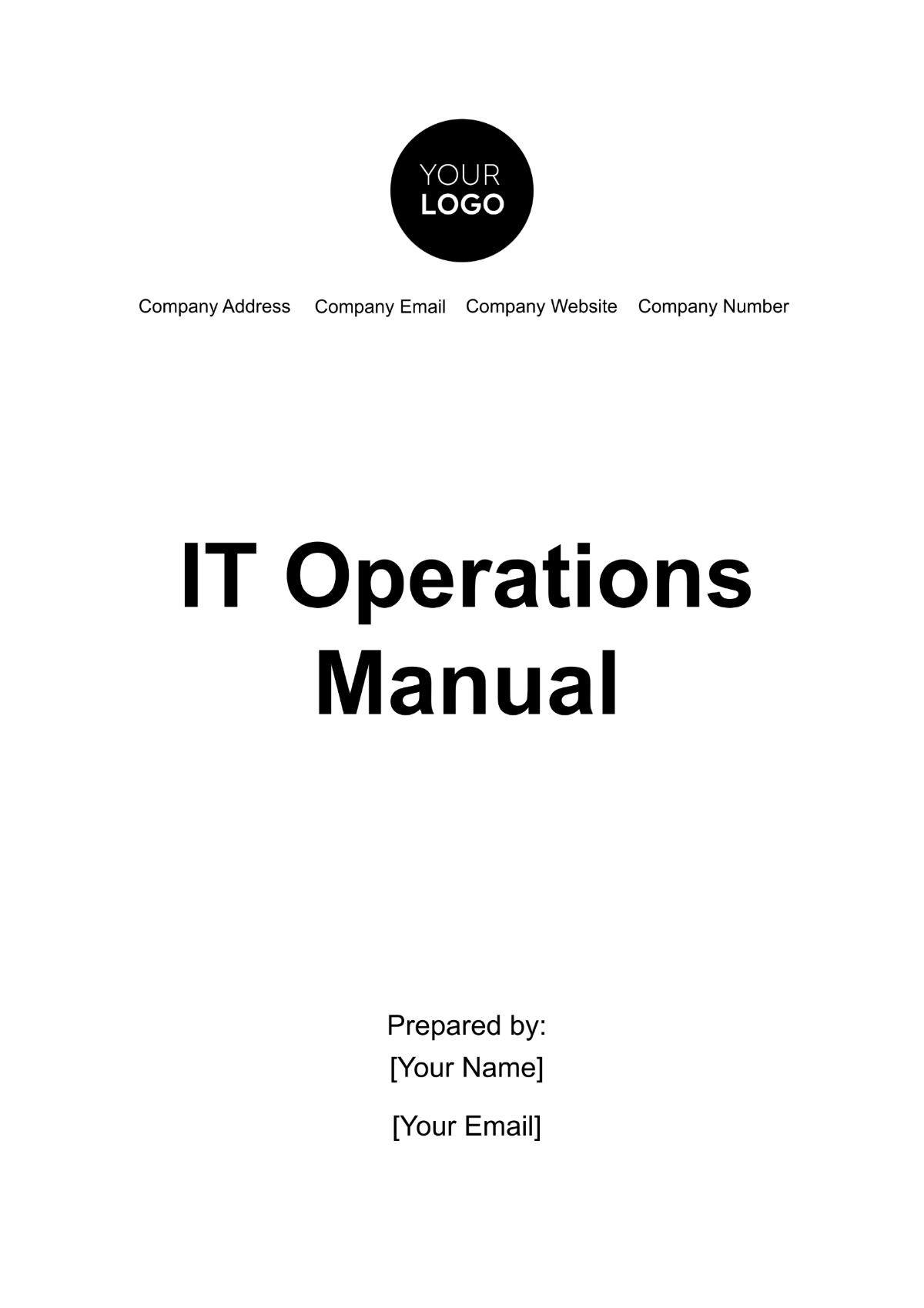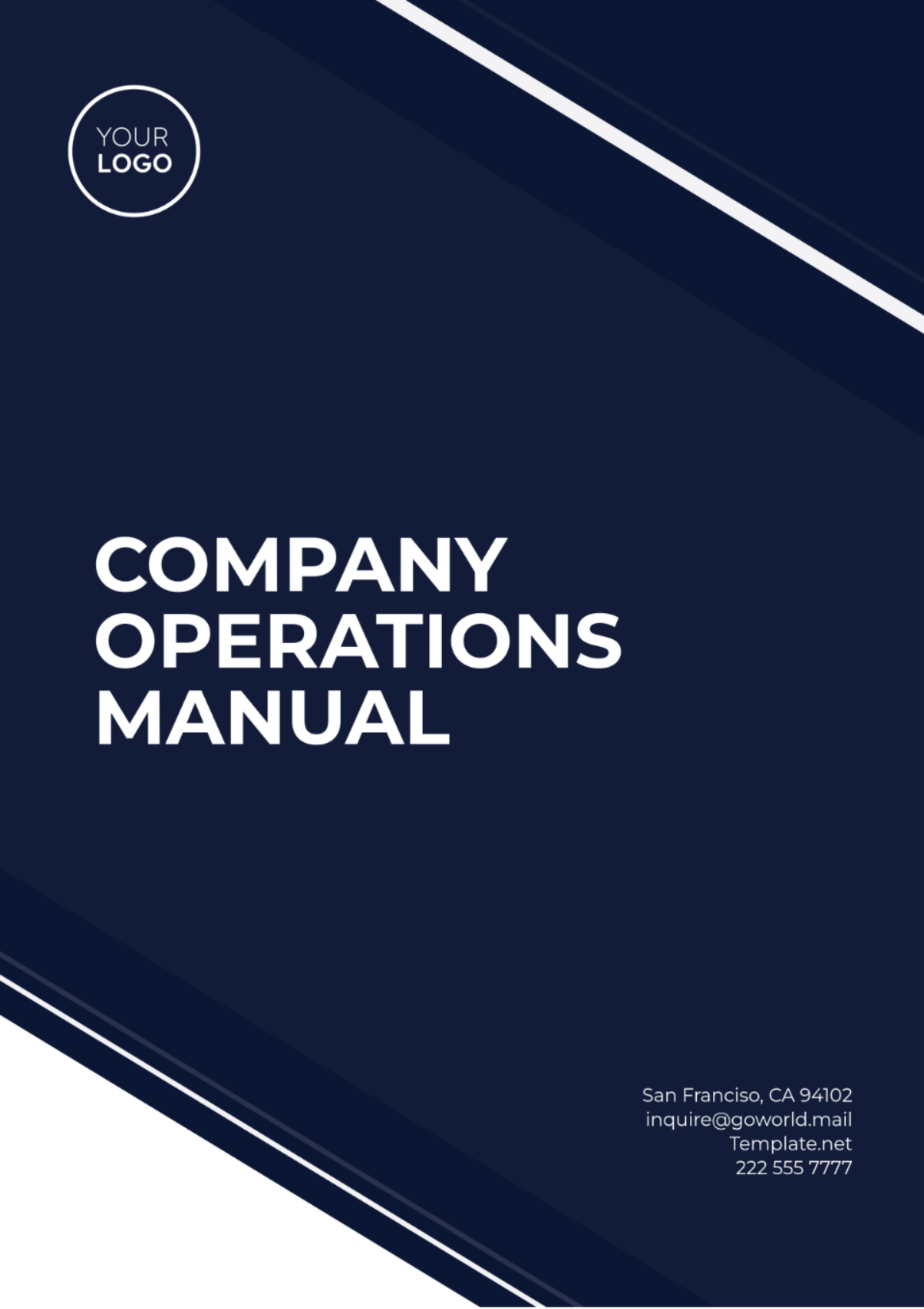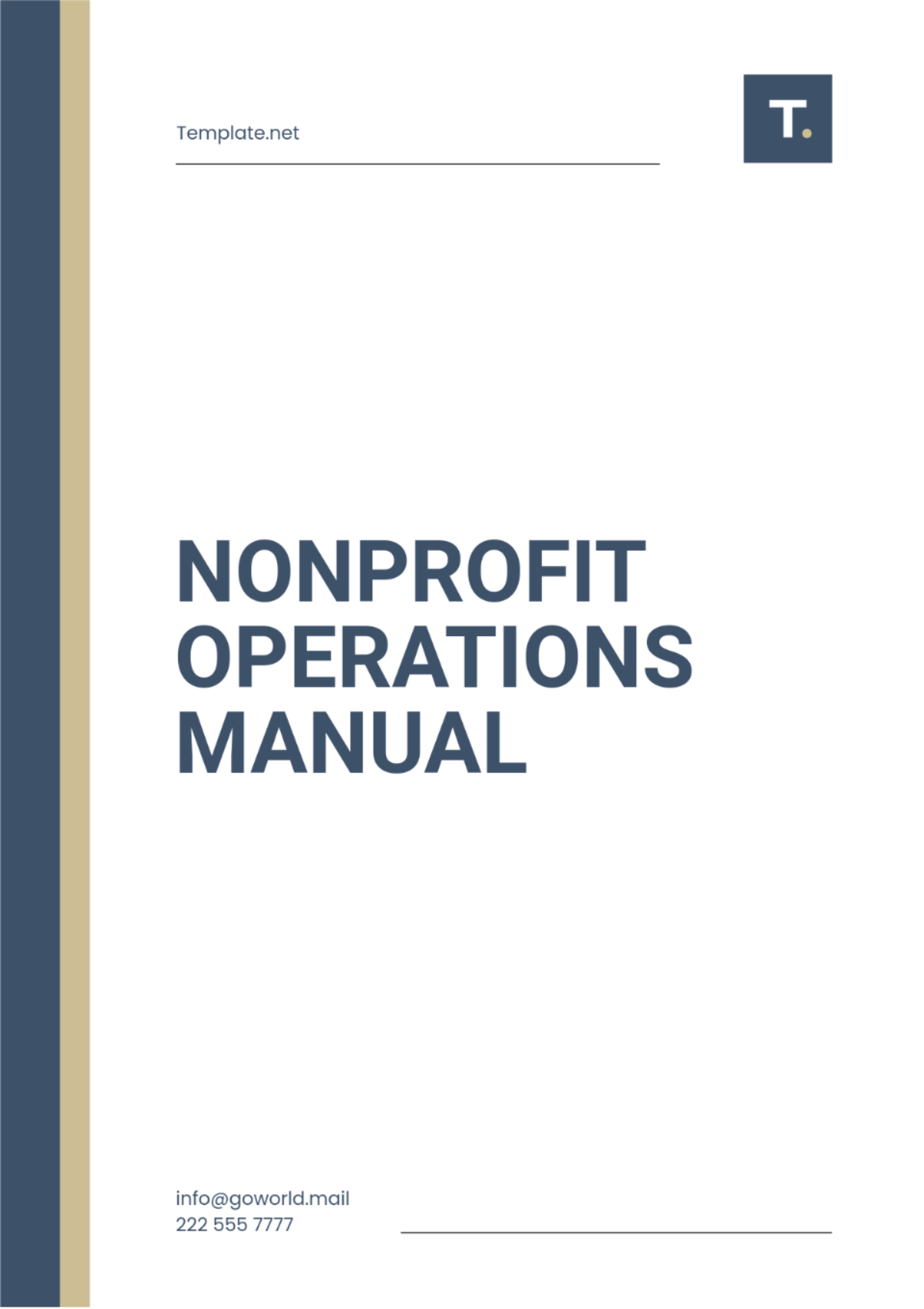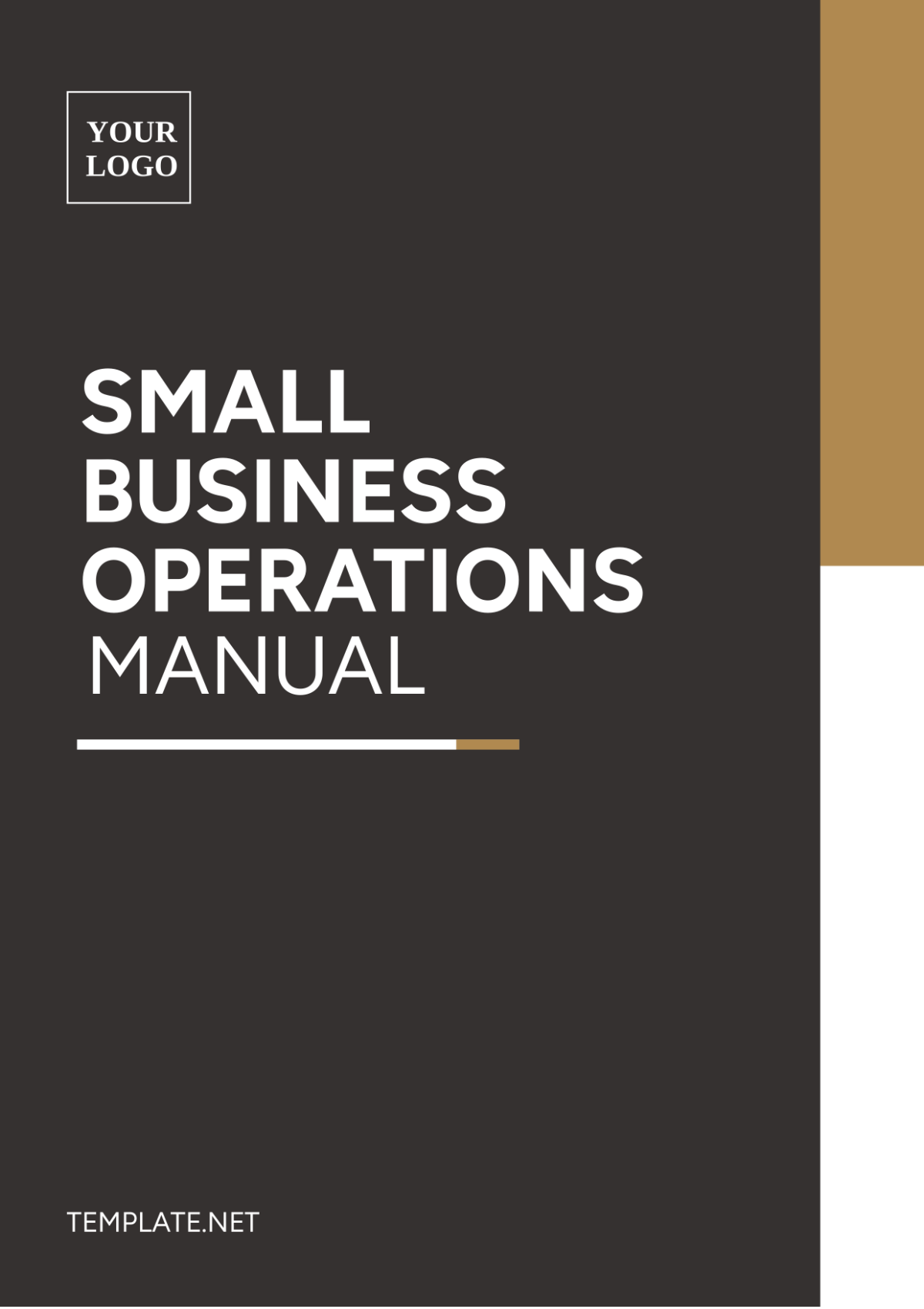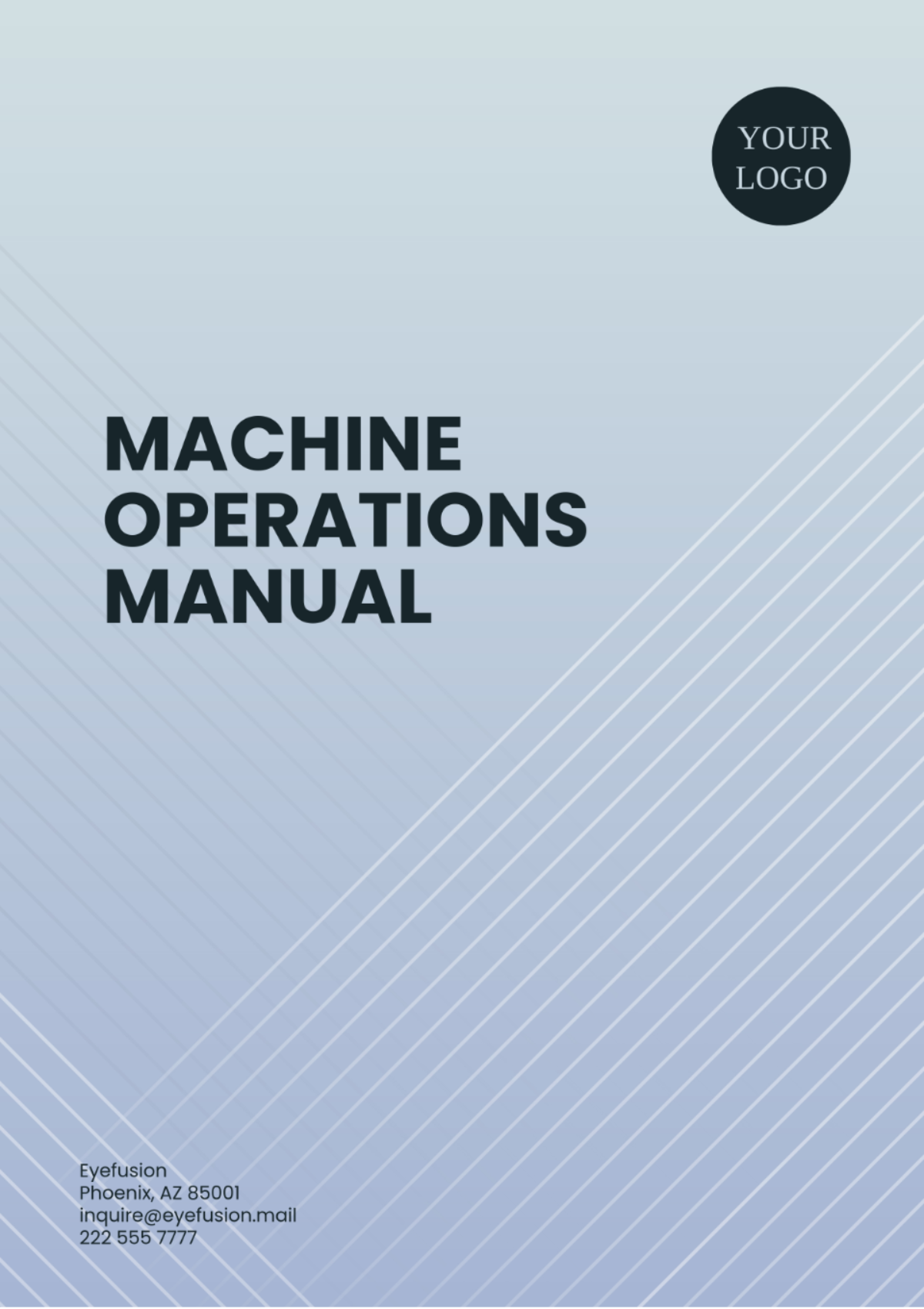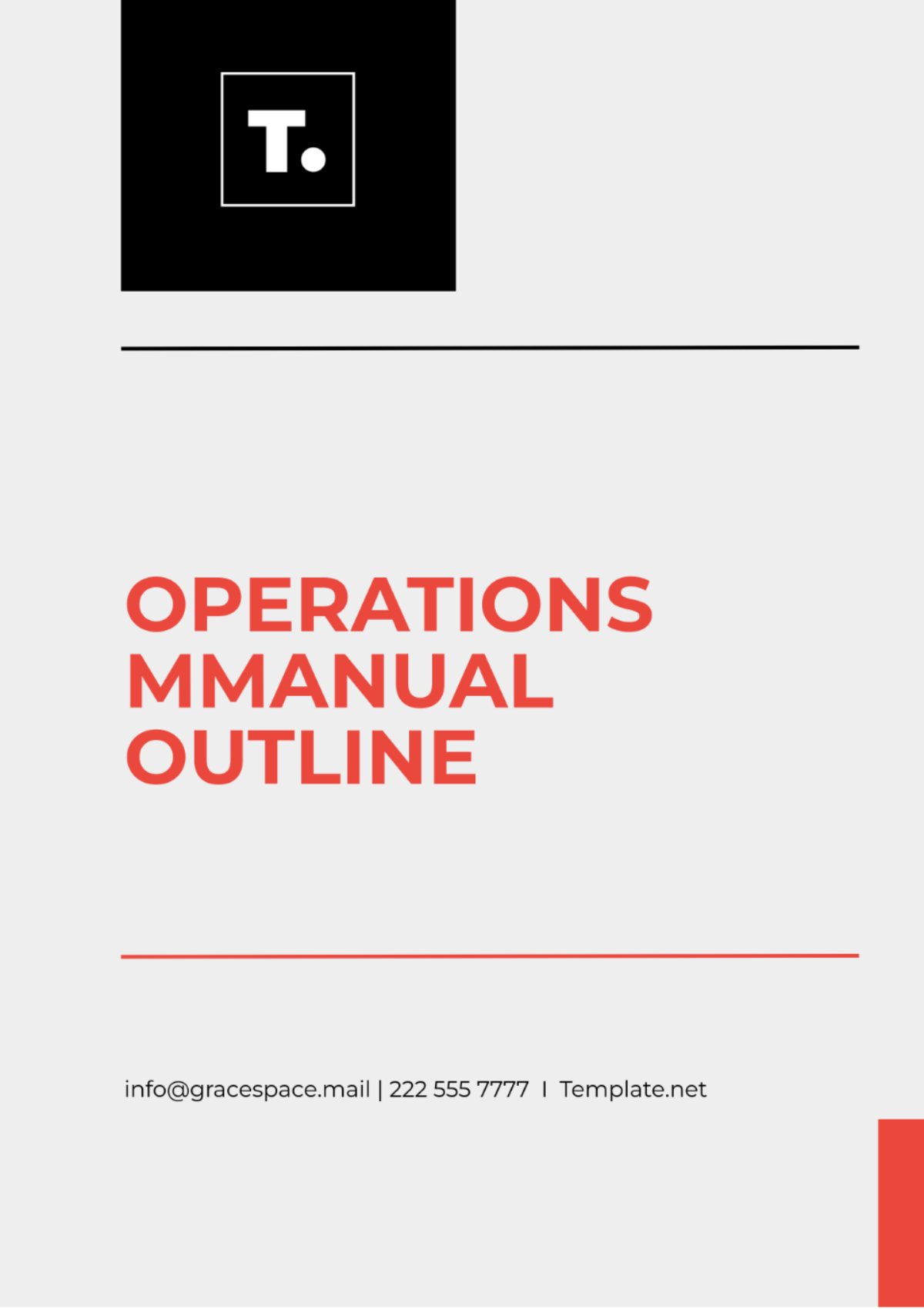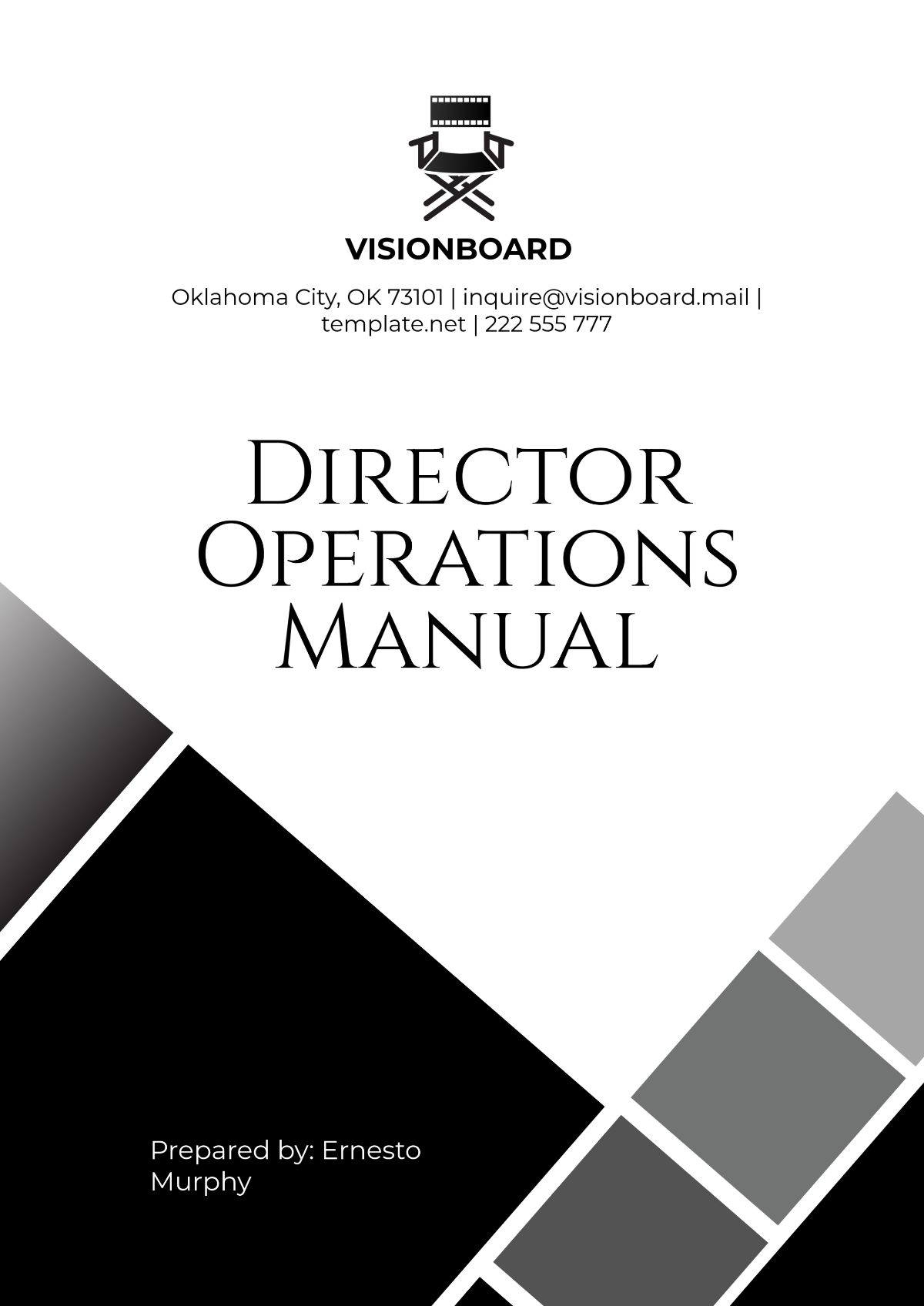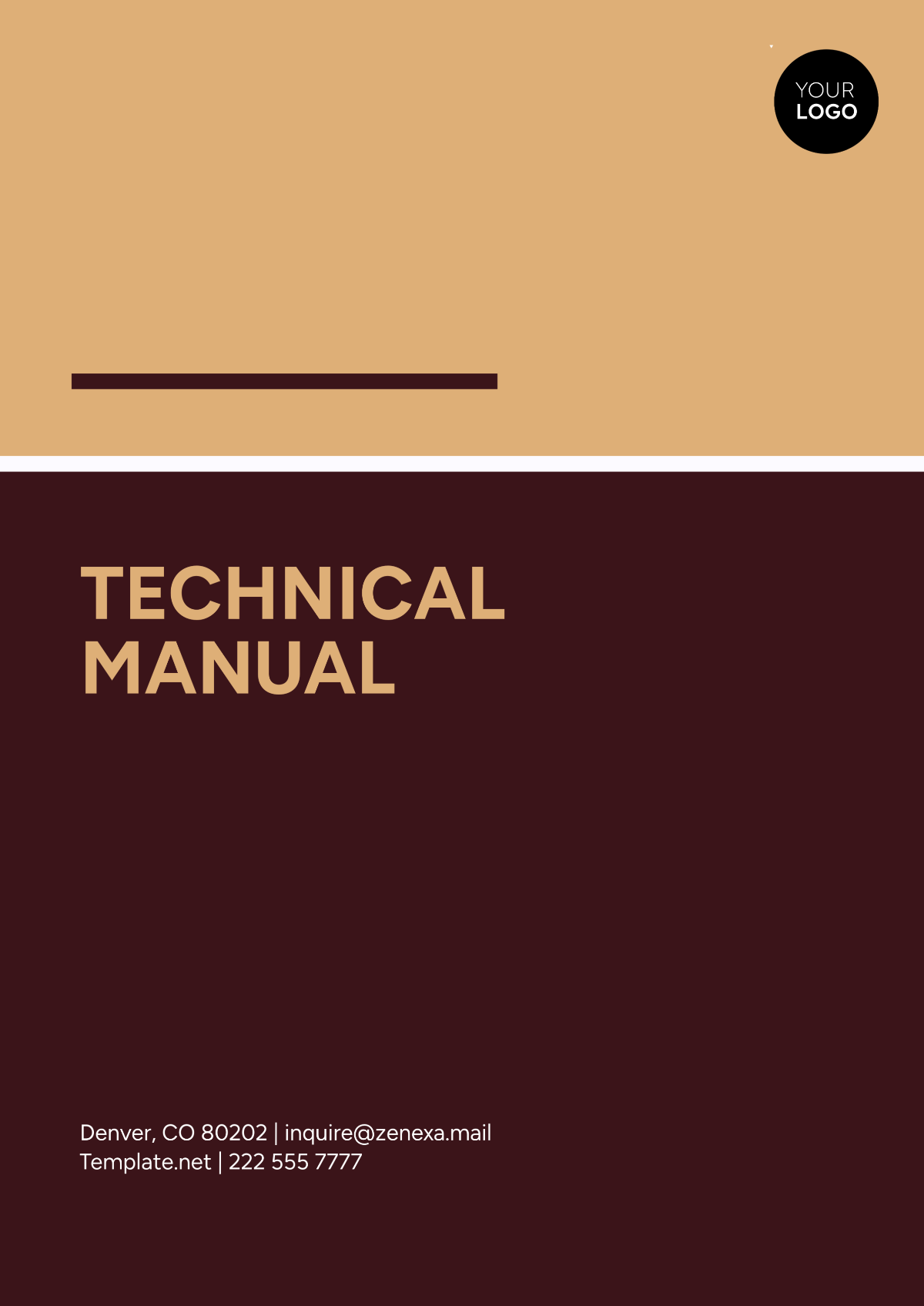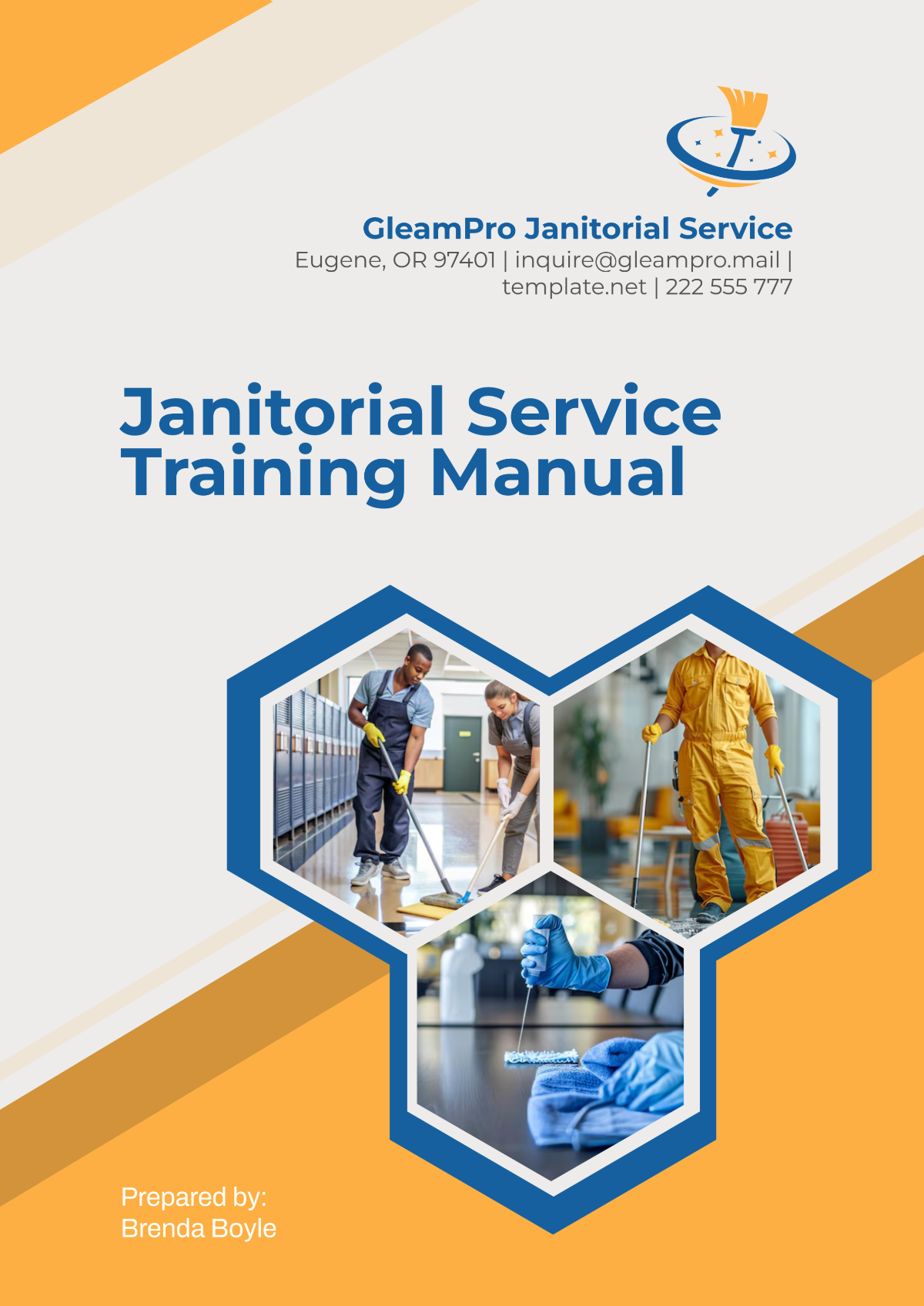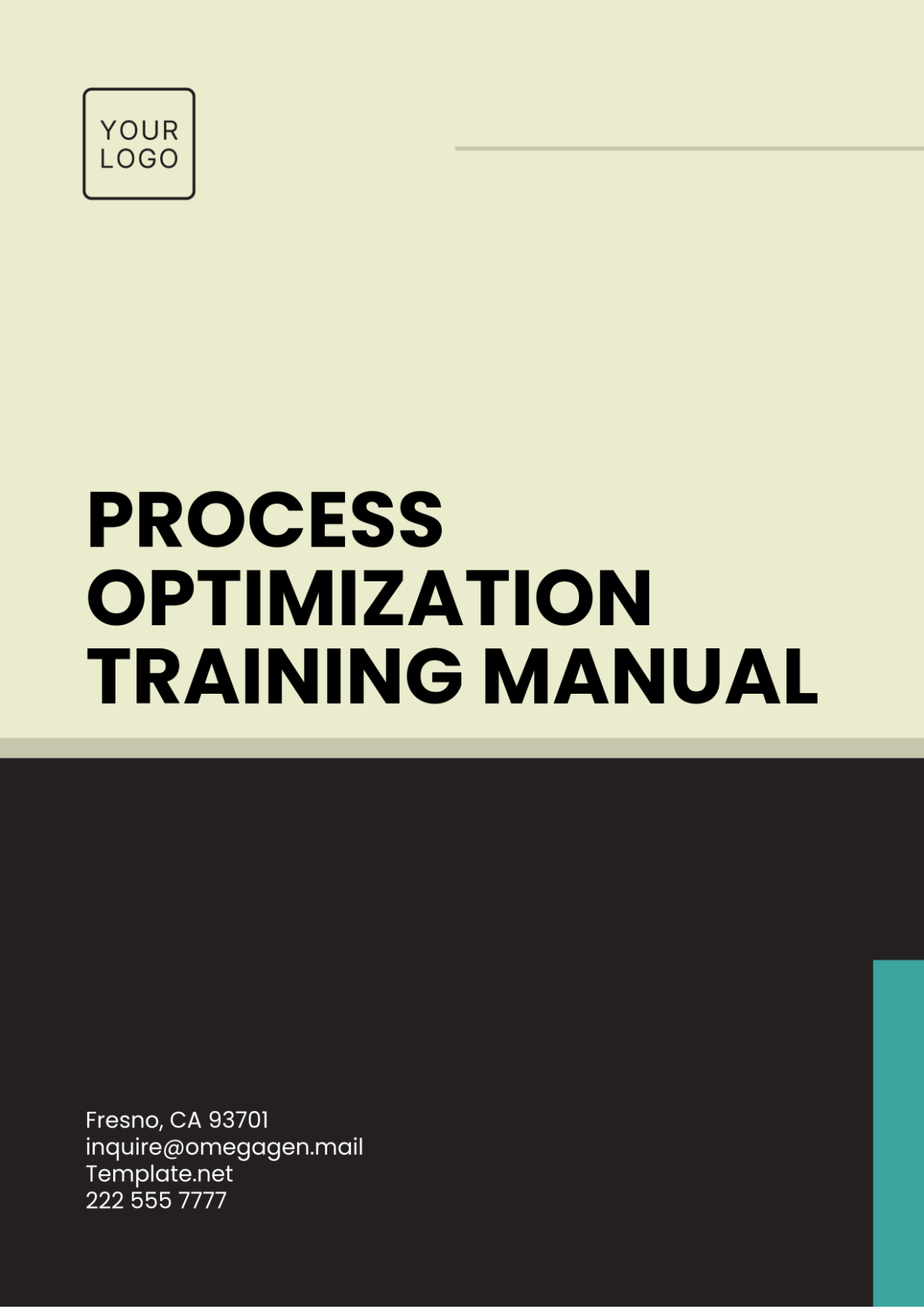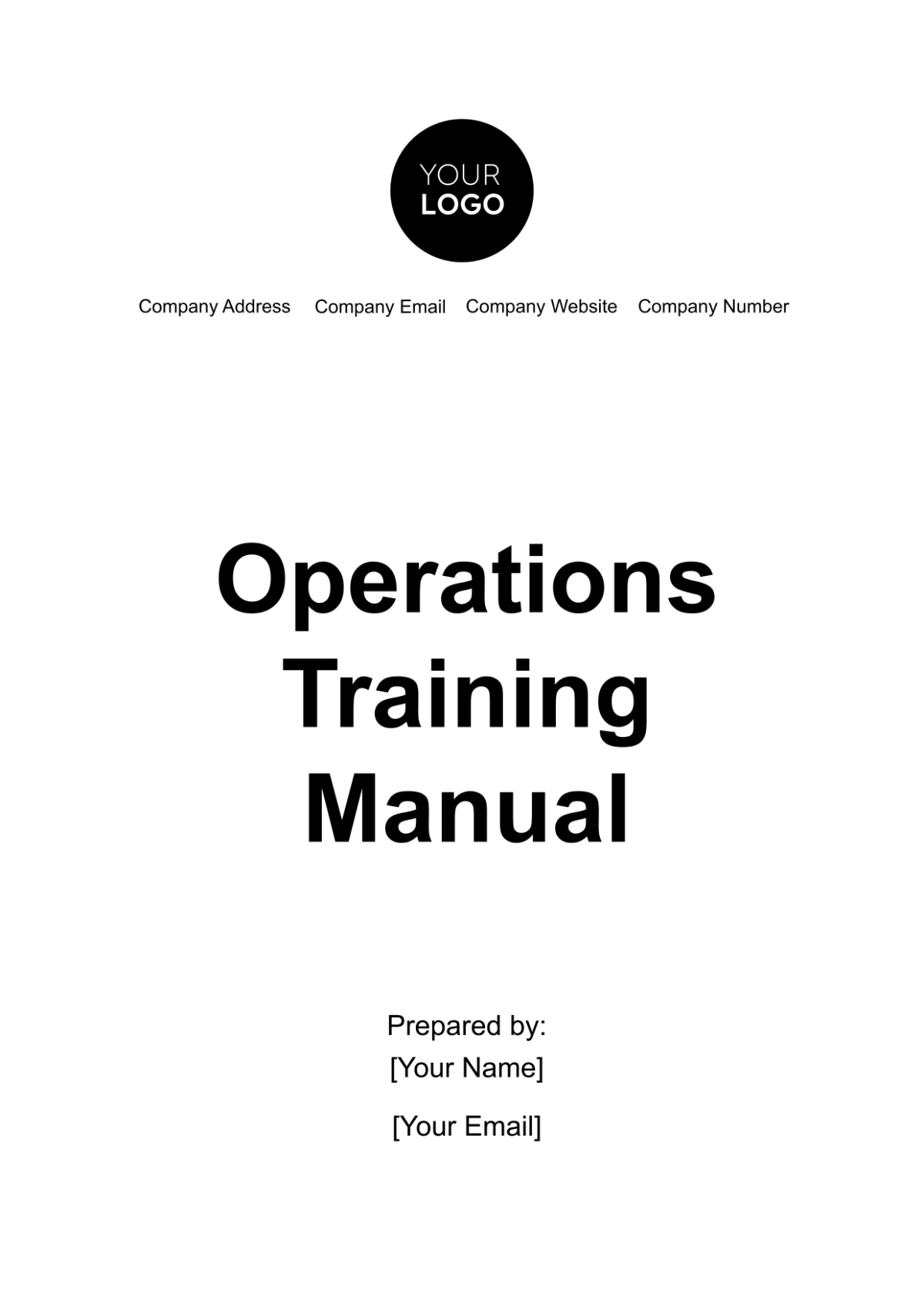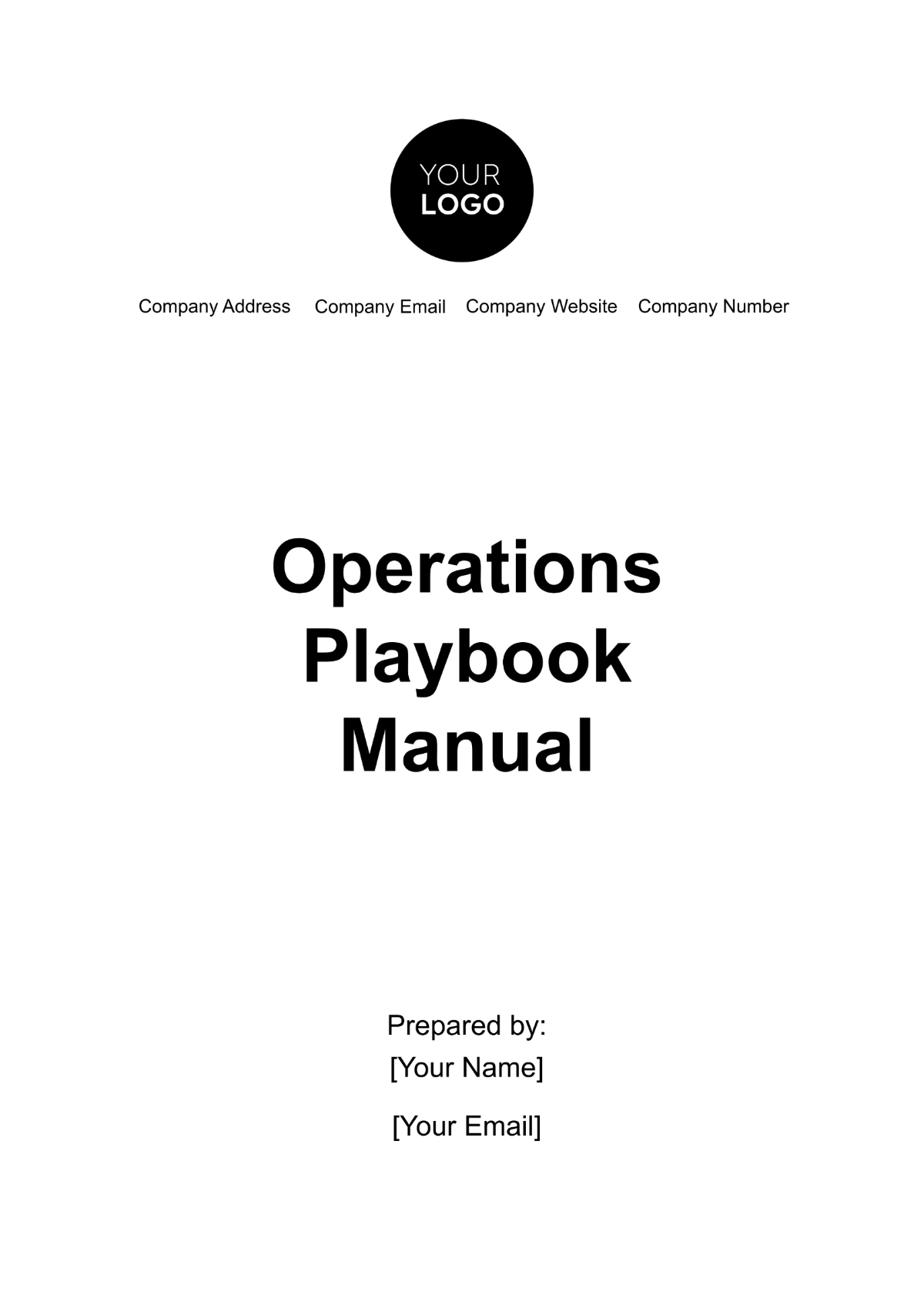Operations Warehouse Operations Manual
I. Introduction
A. Purpose of the Manual
This manual is designed to serve as a comprehensive guide for all warehouse operations within our company. It aims to standardize procedures, ensure safety, improve efficiency, and maintain quality across all aspects of our warehouse operations. The manual is intended to be a reliable resource for all employees, providing clear instructions and guidelines for various warehouse tasks and responsibilities.
B. Scope of the Manual
The manual covers all key areas of warehouse operations, from the initial receiving of goods, through to storage, picking, packing, dispatch, and inventory management. It provides detailed procedures for each operation, along with guidelines for safety, communication, and continuous improvement. The manual also includes information on the use of warehouse equipment, handling of specific types of goods, and emergency procedures.
C. Target Audience
The primary audience for this manual is all personnel involved in warehouse operations. This includes warehouse managers, supervisors, and staff, who are directly involved in the day-to-day operations of the warehouse. However, the manual may also be useful for other stakeholders within the company, such as procurement and logistics teams, who interact with the warehouse operations. Additionally, new employees can use this manual as part of their training to familiarize themselves with our warehouse operations.
D. How to Use the Manual
It is recommended to read the manual thoroughly to gain a complete understanding of our warehouse operations. Regular reference and adherence to the procedures outlined in this manual will ensure efficient and effective warehouse operations. The manual should be kept in an easily accessible location and referred to regularly to ensure all operations are carried out according to the guidelines. It is also important to note that this manual is a living document and will be updated periodically to reflect changes in our operations or procedures.
II. Overview of Warehouse Operations
Warehouse operations are the backbone of our supply chain, ensuring that goods are stored, handled, and dispatched efficiently and safely. They encompass a range of activities, each of which plays a crucial role in maintaining the flow of goods from suppliers to customers. The following table provides an overview of these key functions:
Function | Description |
|---|---|
Receiving | This involves checking and accepting deliveries from suppliers, ensuring that the goods received match the purchase orders in terms of quantity and quality. |
Storing | This involves placing goods in the appropriate storage areas within the warehouse, ensuring that they are easily accessible for picking. |
Picking | This involves retrieving goods from their storage locations in response to customer orders. |
Packing | This involves preparing picked goods for dispatch, including packing them securely and labeling them correctly. |
Dispatching | This involves arranging for the delivery of packed goods to customers, ensuring that they reach their destinations on time and in good condition. |
Inventory Management | This involves keeping track of all goods in the warehouse, ensuring that stock levels are maintained, and reordering goods as necessary. |
Understanding these functions is crucial for anyone involved in warehouse operations. Each function is interdependent, meaning that efficiency and accuracy in one area can significantly impact the others. Accurate receiving procedures ensure that the inventory records are correct, which in turn ensures that picking and dispatching operations can be carried out efficiently.
Moreover, these functions collectively contribute to the overall performance of our supply chain. Efficient warehouse operations can lead to faster order fulfillment, lower costs, and improved customer satisfaction. Therefore, it’s important to continuously monitor and optimize these functions, using this manual as a guide for best practices. This will not only enhance the performance of our warehouse operations but also contribute to the success of our company as a whole.
III. Warehouse Safety Procedures
Safety is paramount in warehouse operations. It not only ensures the well-being of our staff but also contributes to the efficiency and productivity of our operations.
A. General Safety Guidelines
These guidelines provide a broad framework for maintaining a safe working environment:
Safety Training: All warehouse staff should undergo regular safety training. This includes training on general safety practices, use of equipment, handling of goods, and emergency procedures. The training should be updated regularly to reflect any changes in safety regulations or warehouse operations.
Personal Protective Equipment (PPE): Staff should wear appropriate PPE at all times in the warehouse. This could include safety shoes, gloves, helmets, and high-visibility clothing. The type of PPE required may vary depending on the specific task or area of the warehouse.
Cleanliness and Order: The warehouse should be kept clean and orderly. This helps prevent accidents caused by slips, trips, or falls. Regular cleaning schedules should be maintained, and all staff should be trained to keep their work areas tidy.
B. Handling and Storage of Goods
Safe handling and storage of goods are crucial to prevent accidents and damage to goods:
Safe Lifting Techniques: Staff should be trained in safe lifting techniques to prevent injuries. This includes understanding the correct posture, lifting with the legs, and not lifting loads that are too heavy for one person.
Use of Equipment: Equipment such as forklifts and pallet jacks should be used appropriately to handle heavy or bulky items. Staff should be trained in the correct use of this equipment, and regular safety checks should be carried out.
Storage Guidelines: Goods should be stored according to guidelines. This includes not stacking goods too high, keeping aisles clear, and storing heavy items at lower levels. Special care should be taken with fragile items or hazardous materials.
C. Use of Warehouse Equipment
Proper use of warehouse equipment is crucial for safety:
Training: Staff should be trained in the use of all equipment they are required to operate. This includes understanding the operating instructions, safety features, and maintenance requirements of each piece of equipment.
Maintenance: Equipment should be regularly maintained to ensure it is in good working order. This includes regular servicing, immediate repair of any faults, and replacement of equipment that is no longer safe to use.
Safety Checks: Equipment should be checked for safety before each use. This includes checking for visible damage, ensuring safety features are working, and reporting any issues immediately.
D. Emergency Procedures
In case of emergencies, clear procedures should be in place:
Emergency Exits: Emergency exits should be clearly marked and kept free of obstructions. Staff should be trained in evacuation procedures and regular drills should be conducted.
Fire Safety: Fire extinguishers should be easily accessible, and staff should be trained in their use. Fire drills should be conducted regularly, and fire safety equipment should be checked regularly to ensure it is in working order.
First Aid: A well-stocked first aid kit should be available, and staff should be trained in basic first aid procedures. This includes understanding how to respond to common injuries that may occur in the warehouse.
IV. Receiving Goods
The process of receiving goods is the first step in warehouse operations. It sets the stage for all subsequent operations and plays a crucial role in maintaining accurate inventory records.
A. Scheduling Deliveries
Proper scheduling of deliveries is crucial to ensure smooth operations:
Delivery Timetable: A delivery timetable is established that aligns with operational hours and capacity. This helps prevent overcrowding at the receiving dock and ensures timely unloading of goods.
Supplier Communication: This timetable is communicated to suppliers and coordination is done to schedule their deliveries. This ensures that deliveries arrive as planned and any changes or delays are communicated in advance.
Staff Scheduling: Staff scheduling is done to ensure that sufficient personnel are available to receive and inspect the deliveries. This helps prevent delays in unloading and reduces the risk of errors in the receiving process.
Contingency Planning: Contingency plans are in place for unexpected situations such as late deliveries, early deliveries, or delivery of incorrect items. This ensures that any situation that may arise is handled appropriately.
B. Inspecting and Accepting Deliveries
Upon arrival of a delivery, it’s important to conduct a thorough inspection:
Visual Inspection: A visual inspection of the delivery is conducted for any visible damage or discrepancies. This includes checking the condition of the packaging and the security of the load.
Verification: The goods received are verified against the delivery note and the purchase order. This includes checking the quantity, type, and quality of the goods.
Acceptance: Once the goods have been inspected and verified, the delivery note is signed to accept the delivery. Any discrepancies or issues are noted on the delivery note and communicated to the supplier.
Rejection: In case of significant damage or discrepancies, the delivery can be rejected. In such cases, a predefined procedure is followed to return the goods to the supplier and arrange for a replacement or refund.
C. Recording Receipt of Goods
Accurate record-keeping is crucial in the receiving process:
Data Entry: The details of the received goods are entered into the inventory management system. This includes the type, quantity, condition, and location of the goods.
Document Management: The delivery note and any other relevant documents are filed for future reference. This helps maintain a paper trail of the goods received.
Inventory Update: The inventory records are updated to reflect the receipt of the goods. This ensures that the inventory levels are always up-to-date.
Reporting: Reports are generated on the received goods for internal use and for communication with suppliers. This helps in tracking deliveries, managing inventory, and resolving any issues.
D. Handling of Damaged or Incorrect Deliveries
In case of damaged or incorrect deliveries, clear procedures are in place:
Reporting: The issue is reported to the supplier immediately, providing details and evidence of the damage or discrepancy.
Isolation: The damaged or incorrect goods are isolated to prevent them from being put into storage or dispatched to customers.
Resolution: The issue is resolved by working with the supplier. This could involve returning the goods, receiving a refund or replacement, or adjusting the invoice.
Review: The incident is reviewed to identify any lessons learned and implement changes to procedures if necessary. This helps prevent similar issues in the future.
V. Storing Goods
The storage of goods is a critical aspect of warehouse operations. It involves organizing and maintaining goods in a manner that ensures their safety, accessibility, and optimal condition. The following table provides an overview of these key procedures:
Procedure | Description |
|---|---|
Layout of the Warehouse | The layout of the warehouse is designed to maximize space utilization, ensure easy access to goods, and facilitate efficient movement of goods. |
Storage Methods and Procedures | Various methods and procedures are used to store goods, depending on their nature and requirements. These could include pallet racking, shelving, bin systems, and more. |
Stock Rotation Procedures | Stock rotation procedures such as FIFO (First In, First Out) or FEFO (First Expired, First Out) are implemented to ensure that goods do not become obsolete or expire while in storage. |
Handling of Perishable or Hazardous Goods | Special procedures are followed for the storage of perishable or hazardous goods to ensure their safety and integrity. |
Understanding these procedures is crucial for maintaining an efficient and effective storage system. Each procedure plays a significant role in the overall storage process and has a direct impact on the quality of goods, efficiency of operations, and satisfaction of customers.
The layout of the warehouse is the foundation of the storage process. A well-designed layout not only maximizes space utilization but also facilitates the easy movement and accessibility of goods. This can significantly improve the efficiency of operations and reduce the time taken to pick and dispatch goods.
Storage methods and procedures are tailored to the specific requirements of the goods. For instance, fragile goods may be stored on lower shelves or in separate areas to prevent damage, while high-demand goods may be stored in easily accessible locations to speed up the picking process. Implementing the right storage methods can greatly enhance the safety and integrity of goods.
Stock rotation procedures are essential for managing the shelf life of goods. Procedures such as FIFO or FEFO ensure that older stock is used or sold before newer stock, preventing goods from becoming obsolete or expiring while in storage. This not only reduces waste but also ensures that customers receive goods that are in the best possible condition.
Finally, the handling of perishable or hazardous goods requires special attention. These goods may have specific storage requirements, such as temperature control or segregation from other goods. Adhering to these requirements is crucial for maintaining the safety and quality of these goods.
VI. Picking and Packing Goods
The process of picking and packing goods is a critical step in warehouse operations. It involves accurately selecting the goods ordered by a customer and preparing them for dispatch.
A. Processing Customer Orders
Processing customer orders is the first step in the picking and packing process:
Order Receipt: Customer orders are received through various channels, such as email, phone, or an online ordering system. Each order is logged into the system for tracking and processing.
Order Review: Each order is reviewed to understand the specific goods required, the quantity, and any special handling or delivery instructions. This review process ensures that the order is complete and accurate before the picking process begins.
Order Prioritization: Orders are prioritized based on factors such as delivery deadlines, order size, and customer importance. This helps manage the workload and ensure timely fulfillment of all orders.
Order Assignment: Orders are assigned to warehouse staff for picking. The assignment takes into account the staff’s workload, expertise, and the location of the goods in the warehouse.
B. Picking Goods from Storage
Once an order has been processed, the goods are picked from storage:
Picking List: A picking list is generated for each order, detailing the goods to be picked and their locations in the warehouse. The picking list serves as a guide for the warehouse staff and ensures accuracy in the picking process.
Picking Process: The goods are picked from their storage locations using the picking list. Care is taken to ensure the correct goods and quantities are picked. The picked goods are then transported to the packing area.
Picking Verification: The picked goods are verified against the picking list to ensure accuracy. Any discrepancies are corrected before proceeding to the packing stage.
Picking Completion: Once all the goods have been picked and verified, the completion of the picking process is recorded in the system. This updates the inventory records and triggers the packing process.
C. Packing Goods for Shipment
After the goods have been picked, they are packed for shipment:
Packing Materials: Appropriate packing materials are selected based on the nature of the goods. This could include boxes, bubble wrap, packing peanuts, or pallets. The selection of packing materials ensures the goods are protected during transit.
Packing Process: The goods are securely packed to prevent damage during transit. Care is taken to ensure the package is not too heavy or unbalanced. The packing process also includes labeling the package with the delivery address and any special handling instructions.
Packing Verification: The packed goods are verified to ensure they are packed correctly and securely. This includes checking the packaging for damage, ensuring the goods are packed securely, and verifying the accuracy of the labels.
Packing Completion: Once all the goods have been packed and verified, the completion of the packing process is recorded in the system. This triggers the dispatch process.
D. Quality Checks and Error Handling
Quality checks are conducted throughout the picking and packing process to ensure accuracy and quality:
Checkpoints: Checkpoints are established at various stages of the process, such as after picking, after packing, and before dispatch. At each checkpoint, the goods and documentation are checked for accuracy.
Error Correction: If any errors are detected, they are corrected immediately. This could involve re-picking incorrect goods, repacking poorly packed items, or reprinting inaccurate labels.
Continuous Improvement: Any errors or issues are analyzed to identify their root causes. Based on this analysis, improvements are made to the picking and packing procedures to prevent similar errors in the future.
By following these procedures, the process of picking and packing goods can be made efficient, accurate, and aligned with operational requirements. This not only ensures the satisfaction of customers but also contributes to the overall efficiency and effectiveness of warehouse operations.
VII. Dispatching Goods
Dispatching goods is the final step in warehouse operations. It involves preparing goods for shipment and ensuring they reach their destination in a timely and safe manner. The following table provides an overview of these key procedures:
A. Scheduling Pickups
Scheduling pickups involves coordinating with transportation providers to arrange for the collection of goods:
Pickup Timetable: A pickup timetable is established that aligns with operational hours and capacity. This helps ensure timely dispatch of goods and efficient use of resources.
Transportation Provider Communication: The pickup timetable is communicated to transportation providers and coordination is done to schedule pickups. This ensures that pickups occur as planned and any changes or delays are communicated in advance.
B. Preparing Goods
Preparing goods for dispatch involves ensuring that goods are ready for shipment:
Packing Verification: The packed goods are verified to ensure they are packed correctly and securely. This includes checking the packaging for damage, ensuring the goods are packed securely, and verifying the accuracy of the labels.
Loading: The goods are loaded onto the transportation vehicle in a manner that ensures their safety during transit. This includes considering factors such as weight distribution, stability, and protection from weather conditions.
C. Recording Dispatch of Goods
Recording the dispatch of goods involves updating the inventory records and generating necessary documentation:
Inventory Update: The inventory records are updated to reflect the dispatch of the goods. This ensures that the inventory levels are always up-to-date.
Dispatch Documentation: Necessary dispatch documentation, such as a bill of lading or delivery note, is generated. This provides a record of the dispatch and serves as proof of delivery.
D. Handling of Returns or Failed Deliveries
Handling of returns or failed deliveries involves managing goods that are returned or not successfully delivered:
Returns Processing: Returned goods are processed according to the reason for return. This could involve checking the goods for damage, updating the inventory records, and arranging for a refund or replacement.
Failed Delivery Management: In case of a failed delivery, the cause is investigated and appropriate action is taken. This could involve rescheduling the delivery, contacting the customer, or returning the goods to inventory.
VIII. Inventory Management
Inventory management is a vital part of warehouse operations. It involves tracking all goods in the warehouse, ensuring that stock levels are maintained, and reordering goods as necessary.
A. Conducting Stock Counts
Regular stock counts are essential for maintaining accurate inventory records:
Frequency of Counts: Stock counts are conducted on a regular basis. The frequency may depend on the nature of the goods, with high-value or fast-moving goods counted more frequently. This ensures that the inventory records are always up-to-date and reflect the actual quantity of goods in the warehouse.
Counting Process: The counting process involves physically counting the goods in the warehouse and comparing the counts to the inventory records. This is usually done by warehouse staff who are trained to accurately count and record the quantity of goods.
Discrepancy Resolution: Any discrepancies between the physical counts and the inventory records are investigated and resolved. This could involve checking for errors in the records, re-counting the goods, or investigating potential issues such as theft or loss. The goal is to ensure that the inventory records accurately reflect the actual quantity of goods in the warehouse.
Reporting: After each stock count, a report is generated detailing the results of the count, any discrepancies found, and the actions taken to resolve these discrepancies. This report is used for internal review and may also be required for audit purposes.
B. Reordering Procedures
Reordering procedures ensure that stock levels are maintained:
Reorder Levels: Reorder levels are set for each type of good. When the stock level falls below the reorder level, a new order is placed. This ensures that there is always sufficient stock to meet customer demand.
Order Quantities: The quantity to be ordered is determined based on factors such as the lead time for delivery, the rate of sale of the goods, and the storage capacity of the warehouse. This helps to avoid overstocking or understocking situations.
Order Placement: Orders are placed with suppliers in a timely manner to ensure that stock levels are replenished before they become too low. This involves communicating with suppliers, negotiating prices and delivery terms, and confirming the order details.
Order Tracking: Once an order is placed, it is tracked until it is received. This helps to anticipate any delays in delivery and take appropriate action.
C. Handling of Excess or Obsolete Stock
Procedures are in place for handling excess or obsolete stock:
Identification: Excess or obsolete stock is identified through regular stock counts and review of sales data. This helps to avoid wastage of resources and free up storage space.
Disposal: Options for disposal of excess or obsolete stock are considered. This could involve selling the goods at a discount, returning them to the supplier, or disposing of them responsibly. The goal is to recover as much value as possible from the excess or obsolete stock.
Prevention: Measures are taken to prevent the accumulation of excess or obsolete stock. This could involve improving forecasting accuracy, adjusting reorder levels, or improving sales strategies. The goal is to optimize inventory levels and avoid the costs associated with excess or obsolete stock.
D. Use of Inventory Management Software
Inventory management software is used to automate and streamline inventory management processes:
Software Selection: An inventory management software system is selected based on the needs and capabilities of the warehouse. This could involve considering factors such as the size of the warehouse, the number of goods handled, and the complexity of the operations.
Data Entry: All inventory data is entered into the software system. This includes details of goods received, goods dispatched, and the results of stock counts. The software system provides a centralized and up-to-date record of all inventory data.
Data Analysis: The software system is used to analyze the inventory data. This could involve generating reports on stock levels, identifying trends in sales data, or predicting future inventory needs. The insights gained from this analysis are used to make informed decisions about inventory management.
System Maintenance: Regular maintenance of the software system is carried out to ensure its reliability and accuracy. This includes updating the system software, backing up data, and troubleshooting any issues.

